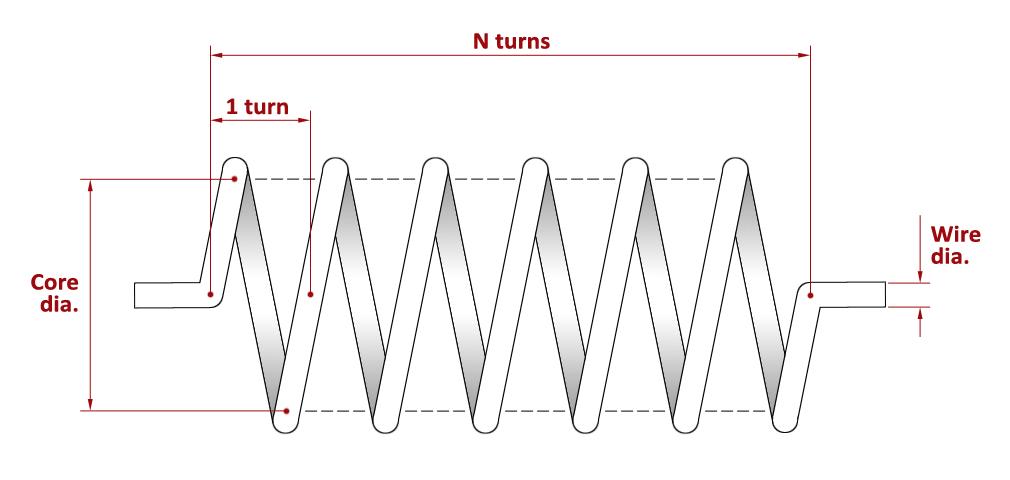Vertical antenna designer
Design a vertical antenna for portable use. Vertical antennas for portable use are designed for one principal HF/VHF/UHF amateur band only; they have an advantage over other types of antenna in that they receive and transmit omni-directionally, i.e. in all directions. Radiation patterns in elevation typically show low-angle vertically-polarized radiation, so verticals can be very good DX antennas, especially when used in open areas free of vertically-oriented conducting objects like trees, etc. Read more...
Get started » » »
- Use the controls on the left-hand side to configure your antenna - set the design frequency, antenna element lengths and angles, wire diameter, wire insulation if required, support height, etc.
- When you are happy with your configuration, press the "Show antenna" button to display your antenna in interactive 3D graphics mode in the area on the right-hand side. Each time you change your configuration, you should press the "Show antenna" button to register the changes to the app.
-
After you have configured your antenna, you can then use the controls further down in the page to generate charts and diagrams to evaluate
the antenna's performance - you will need to
scroll down in the page
to access these controls.
You can choose to view any combination of the available charts and diagrams: these include four radiation pattern types: azimuth, elevation, 3D and polarization patterns; other options include VSWR charts, an antenna currents diagram, and a Smith chart.
|
|
Set antenna color: |
|||||||||||||||||||||||||||||||||||||||||||||||||||||||||||||||||||||||||||||||||||||||||
|
Vertical antenna designer
Antenna feed-point: ⬥
|
|||||||||||||||||||||||||||||||||||||||||||||||||||||||||||||||||||||||||||||||||||||||||
Antenna performance
Here you can generate plots of
radiation patterns,
VSWR chart, antenna currents diagram and Smith chart for your antenna over a
choice of ground types. By changing the physical dimensions of the antenna, and refreshing these plots, you can learn a lot about
how such antennas will perform in the field.
Please note that
radiation patterns are here modelled over flat ground -
when the antenna is erected on a hill-top or mountain summit, the surrounding sloping ground will generally cause angles in
the elevation radiation pattern to be lowered in the direction of the
slope: the steeper the slope, the lower the effective elevation take-off angle will be, and the better the chances of making
long-distance contacts.
Read more...
|
Choose ground type of
land in the vicinity of the antenna: |
Conductivity:
S/m
Dielectric const.:
F/m
|
| View radiation patterns: |
|
| Set ref. elevation angle: |
|
| View VSWR chart: | |
| Display impedance curves: | Using unun |
| Impedance curves scales: | |
| View currents diagram: | |
| View Smith chart: |
|
|
Antenna gains at 0° elevation: |
|
| Antenna efficiency: | |
| Antenna impedance: | |
| Frequency range: | |
